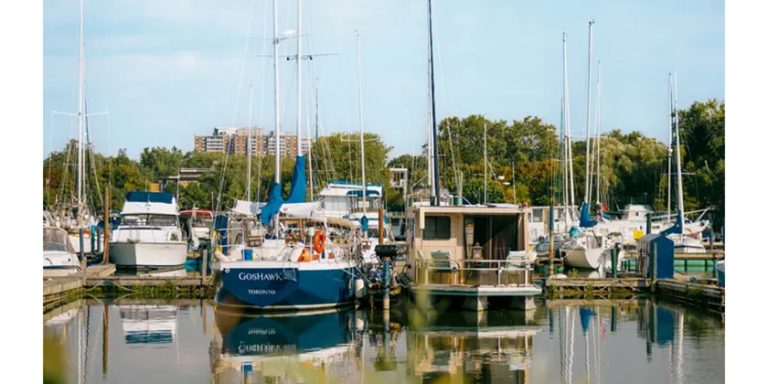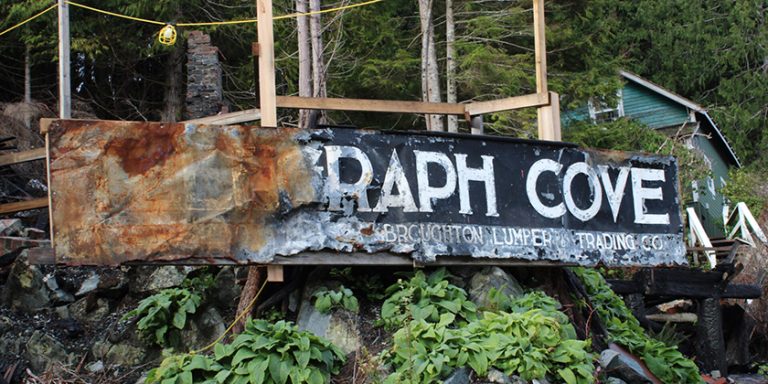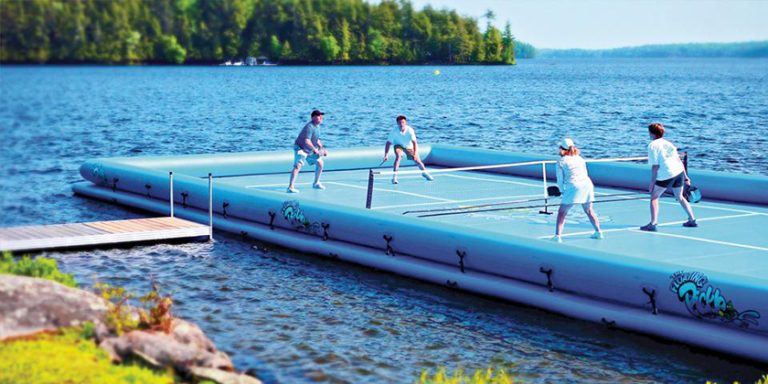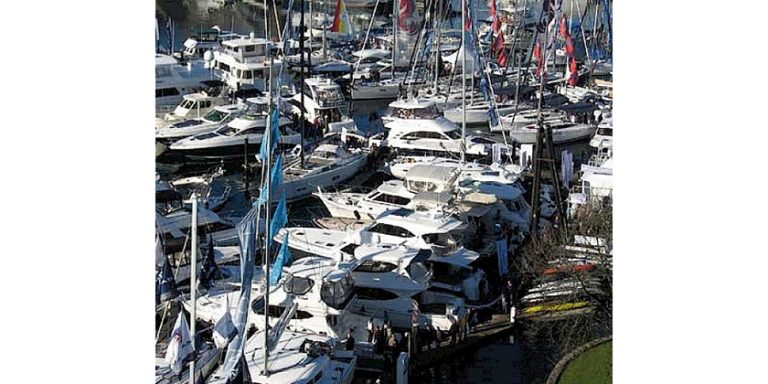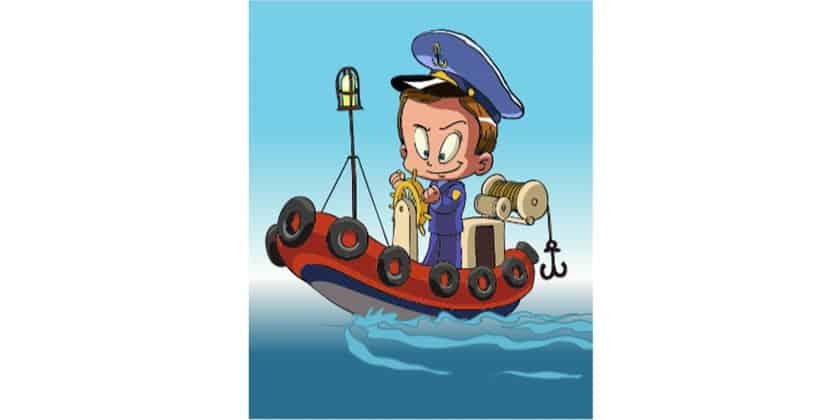Ask Andrew: Keeping Fresh with Fuel Additives

Sept 26, 2024
Fuel has a shelf-life. We don’t often notice this in the cars that we drive every day, because it’s generally assumed that we’ll burn through a tank of gas before it goes bad. You likely noticed that during COVID that many local car dealerships were offering ‘tune-up’ specials, in an effort to deal with the effects of fuel sitting for longer-than-usual periods.
There are three main problems with gasoline sitting for long periods:
- Modern gasoline contains ethanol – an alcohol that is added (up to 10%), the purpose of which is to allow the engine to have cleaner emissions. Ethanol isn’t problematic in and of itself, especially in fuel used in cars. But it gets tricky with boats and other seasonal equipment for a couple of reasons. First, as an alcohol, ethanol can damage various rubber and plastic components, including seals, gaskets and fuel lines. Second, ethanol is an octane booster. When you fuel at the gas pump, you’re choosing an octane level (that it, the ability of the fuel to ignite. Higher octane = easier to burn). Over time, though, ethanol can separate from the fuel, taking some of that octane along with it.
- As temperatures fluctuate through an annual cycle, condensation builds up inside fuel tanks. The condensation build, beads and then runs into the fuel, watering it down.
A water-separating fuel filter is important for this reason: It will remove the water before it gets to the engine. The problem: Ethanol is attracted to water. The molecules grab onto each other and the ethanol separates from the fuel that much faster. This drops the octane level of the fuel, making it less than ideal to burn in the engine.
- Fuel goes bad. After long periods of time, fuel degrades into a gel. This gel can gum up injectors, carburetors and spark plugs. Unless the gel is manually cleaned out, fuel can’t be delivered effectively to the engine.

Diesel fuel has similar issues:
1) The condensation problem remains the same for all fuel types: Condensation builds on the inner walls of a fuel tank as external temperatures fluctuate. This condensation drips into the fuel, watering it down. An engine relies on pure clean fuel to run, and won’t run well with watered-down diesel.
2) Diesel fuel doesn’t break down into gel the same way that gasoline does: But it is the perfect growth medium for certain organisms. Microscopic critters grow inside the fuel and can effectively clog up fuel lines, fittings and injectors.
The problem is immense; it sounds like a losing battle:
We have to have enough fuel to run through the season. You don’t want to run low. At the same time, you need to balance two opposing interests:
- condensation can’t build up and water fuel down if the tank is full. Less surface area on the walls of the tank = less worry about watered-down-fuel
- Fuel goes bad. If a full tank is left for too long, the fuel could become stale, making it unusable and a waste of good money.

Solutions
These problems can be addressed with fuel additives. There are a few types available. Here’s a small breakdown:
1) Biocide. This is the ideal additive for diesel fuel to keep the growth of organisms in check. This is especially important to add as part of a winterizing or lay-up strategy.
2) Fuel stabilizer. This is an additive to prevent gasoline from breaking down into jelly. Important to add and run through the engine as part of winterizing. Fuel that has been stablized should be run through the carburetor, injectors and past spark plugs so that any fuel left behind won’t gum-up and cause damage to the tiny passages that are needed for good fuel flow
3) Injector cleaners. This additive will help to clean any gum building up and add some lubrication to small passageways in injectors and carburetors. A great idea to add this as part of a routine maintenance plan.
4) Octane boosters. Only for gasoline engines, this will aid in combatting the ethanol/octane problem.
There are many different options, brands and additive types available. Each should be used per the manufacturer’s recommendations, and it’s important to ensure that additives are compatible with your engine type (including tank, filters and fuel lines). I would recommend choosing one brand of additive and using their complete line to minimize the risk of incompatibility.
For those who winterize and store their boats for the winter, it’s a great idea to start research now, so that an appropriate stabilizer can be chosen and added this fall, run through the engine and protecting all parts of the system before storage.
Happy Boating!

Andrew McDonald is the owner of Lakeside Marine Services – a boat repair/maintenance firm based in Toronto. Andrew has worked in the marine industry for 12 years and is a graduate of the Georgian College ‘Mechanical Techniques – Marine Engine Mechanic’ program.


